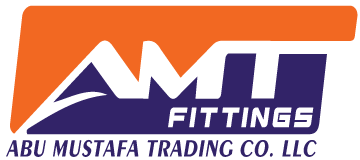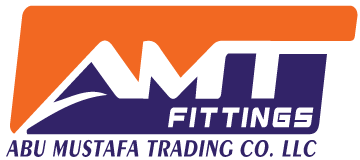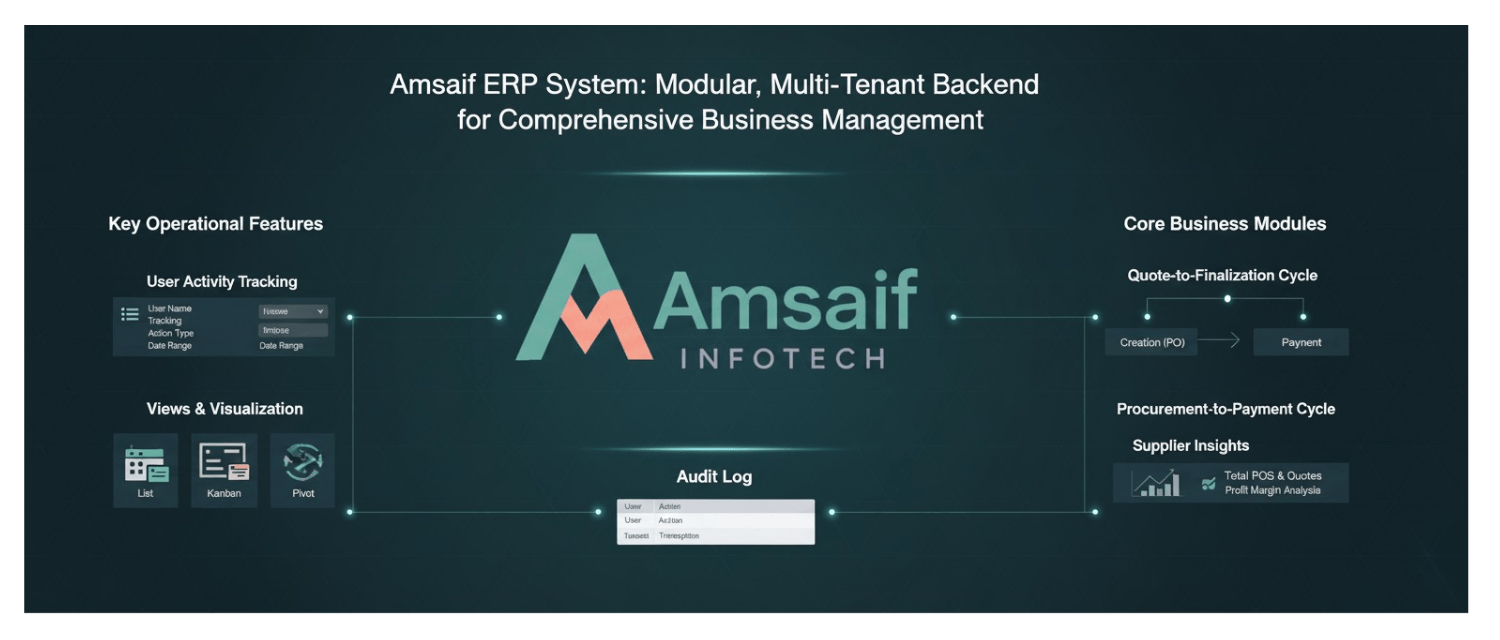
About Amsaif Infotech
Amsaif Infotech is a forward-thinking technology partner, comprised of a passionate team of expert developers, creative designers, and insightful strategists dedicated to engineering bespoke software solutions.
Our Mission
To empower businesses by transforming complex challenges into elegant, high-performance digital products. We are committed to building long-term partnerships through transparent communication, delivering tangible results that drive growth.
Our Vision
To be a globally recognized leader in digital innovation, renowned for our cutting-edge solutions, client-centric approach, and unwavering commitment to excellence and integrity in the tech industry.
Our Core Services
We offer a complete suite of services to bring your vision to life.
Web Development
Creating stunning, high-performance websites and web applications tailored to your business needs.
UI/UX Design
Designing user-centric interfaces that are not only beautiful but also provide a seamless user experience.
AI & Data Analysis
Leverage AI and machine learning to unlock actionable insights, provide predictive analytics, and drive smarter business decisions.
Business Automation
Streamline operations and boost efficiency with custom automation solutions that handle repetitive tasks and reduce costs.
Trusted by innovative companies worldwide








What Our Clients Say
We're proud to have earned the trust of amazing clients.
Our Latest Projects
Check out some of the work we're most proud of.
From Our Blog
Insights on technology, design, and development.

Automate Your Life with Python: Simple Scripts That Save Hours
Have you ever found yourself doing the same thing over and over again — renaming files, sending reports, or updating spreadsheets?What if your computer could do all that for you while you focus on what really matters?That’s the power of automation, and there’s no better tool for it than Python. At Amsaif Infotech, we’ve helped businesses and individuals save hours of repetitive work by automating everyday digital tasks — and in this post, we’ll show you how easy it is to get started.Why Automate with Python?Automation simply means using software to handle tasks automatically.Here’s why it’s worth learning (or outsourcing):Saves hours on repetitive workEliminates errors caused by manual data entryBoosts productivity and efficiencyWorks for any industry — from finance to marketing Python is perfect for this because it’s simple, readable, and has thousands of libraries built for automation — whether you’re sending emails, scraping data, or managing files.Getting Started with Python AutomationYou don’t need to be a full-time developer to start automating. Here’s how: Install Python — download it from python.org Choose an editor — try VS Code or Replit Install libraries — use pip to add packages like requests, selenium, or schedule. Once you’re set up, you’re ready to write your first automation script !Taking Automation to the Next LevelOnce you’ve mastered the basics, you can automate much more complex workflows: Data automation with pandas (cleaning, reporting, merging) Scheduling tasks using the schedule library or cron jobs API automation with requests (connect to services like Slack or Google Sheets) Business process automation for invoices, reports, and customer updatesLet’s Automate Your WorkflowsAutomation isn’t just about saving time — it’s about scaling smarter.At Amsaif Infotech, we help businesses design custom Python automation solutions that save money, reduce errors, and boost efficiency.Whether you need: Automated data pipelines Email or report automation API integrations Or full-scale workflow automation we can build a tailored solution for you. 👉 Get in touch with us today at amsaifinfotech@gmail.com or amsaifinfotech.comand let’s turn your repetitive tasks into smooth, automated workflows.Python makes automation accessible to everyone — from freelancers to large companies.Start small, automate one thing at a time, and you’ll be amazed at how quickly those time savings add up. And if you’d rather let the experts handle it — you know who to call Amsaif Infotech — Automate Smarter, Work Faster.

Past the Password: How Custom Security Protects Your Business and Builds Trust
You know that feeling when you visit a website and see a little lock symbol next to the address bar? That lock makes you feel safe. You type in your email or credit card details without worry because you believe the website owner has done their part to protect you.In today’s digital world, that basic level of security is just the starting point. It’s like locking your front door, it keeps out casual trouble, but not a determined thief.For business owners, your website holds valuable data: customer lists, orders, financial details, and private information. Relying only on standard, one-size-fits-all security is risky. One breach can ruin your reputation, cost you customers, and take years to rebuild trust.This post will show you the extra layers of protection we include in every website we build. These are the real-world steps that keep your data and your reputation safe.1. The Secure Handshake: Why the Lock Symbol MattersEvery modern browser now expects one thing: a secure connection. This is where SSL and HTTPS come in.The Simple Tech ExplanationSSL (Secure Sockets Layer) is the technology that encrypts communication between your visitor’s device and your website. When you see HTTPS (with the “S” for secure), it means all information being exchanged is protected and unreadable to anyone else.Think of it like this: sending information over HTTP is like writing on a postcard anyone who handles it can read the message. With HTTPS, your message is sealed inside a locked box that only the receiver can open.The Business Impact• Trust and Conversions: If your site shows an “Insecure” warning, most visitors leave immediately. That’s lost trust and lost sales.• SEO Boost: Google favors secure websites. Having HTTPS can improve your ranking and visibility.• Our Role: We don’t just install a basic SSL certificate. We set it up correctly, redirect all traffic to HTTPS, and make sure every visitor instantly feels safe when they arrive.2. Guarding the Gate: Stopping Hackers Before They EnterMost attacks happen through the forms your customers use daily contact forms, login pages, and comment boxes. These are the open doors to your database.The Simple Tech ExplanationWhen someone fills out a form, their data travels to your website’s database. Hackers try to sneak in bits of harmful code instead of regular text. We stop them with two key defenses:• Input Validation: We check that each field makes sense. For example, if a form asks for a phone number, it should only accept numbers, not code.• SQL Injection Prevention: Poorly built databases can be tricked into revealing all your stored information. We write clean, custom code that sanitizes every input, making it impossible for hackers to inject malicious commands.The Business ImpactA successful SQL injection attack can expose your entire customer database names, emails, purchase history, everything. That means legal trouble, loss of trust, and long-term damage. We make sure your website filters and protects data before it ever reaches your database.3. Two Steps to Access: The Power of 2FAEven the strongest password isn’t enough anymore. Hackers can guess or steal it. That’s why two-factor authentication (2FA) adds an extra layer of safety.The Simple Tech Explanation2FA combines something you know (your password) with something you have (a code on your phone). Even if someone steals your password, they can’t log in without that second step.The Business ImpactEvery account that handles sensitive business data your admin dashboard, payment systems, or marketing platforms should use 2FA. It keeps your data locked behind two doors instead of one and gives you peace of mind knowing only verified users can access it.4. The Digital Health Check: Regular Security AuditsA secure website isn’t a one-time setup. It’s an ongoing responsibility. New vulnerabilities appear every week, and ignoring them can make your defenses weak over time.The Simple Tech ExplanationWe run Regular Security Audits using a mix of tools and manual checks. These audits look for potential weak spots in your website. We check:• Whether your software, plugins, and themes are fully updated• If your server settings follow security best practices• If any old code or unused plugins could be exploitedThe Business ImpactThink of an audit as preventive maintenance for your business. Spending a little time and money on regular checks can save you thousands in the future. A $500 audit today could prevent a $50,000 recovery bill after a data breach.Conclusion: Security is TrustIn the end, customers buy from businesses they trust.Security isn’t just a technical feature. It’s the invisible foundation that keeps your customers confident and loyal. When we build your website, we go further than installing a password form or an SSL certificate. We design custom security layers that protect your data, your customers, and your reputation.If you’re ready to take your website security seriously and protect your business the smart way, let’s get started.

5 Real Ways to Make Your Website Load Faster (That Actually Work)
We’ve all been there, waiting for a website to load, tapping our fingers, and eventually giving up. In today’s fast-paced world, even a few seconds can make visitors leave and Google lose interest. The good news is that you don’t need to be a tech expert to make your website lightning-fast.Here are five practical methods to boost your site speed and keep your visitors happy.1. Lazy Load Your Images and VideosThere’s no need to load everything at once.Lazy loading ensures that your images and videos appear only when users scroll down to view them. This keeps your initial load light and quick, especially on media-heavy pages.Most website builders and CMS platforms like WordPress or Shopify let you enable lazy loading with a simple plugin or setting.2. Cache Smartly for Instant AccessCaching works like short-term memory for your website.It stores commonly used files such as images, styles, and layouts so returning visitors can access them instantly.Set up browser caching and server caching using tools like LiteSpeed Cache, W3 Total Cache, or Cloudflare. This small change can make a huge difference in loading times.3. Compress and Optimize Your ImagesLarge image files are one of the most common reasons websites slow down.Before uploading, compress your images using free tools like TinyPNG, Squoosh, or Imagify.Use next-generation formats such as WebP or AVIF for smaller file sizes without losing clarity. This helps your pages load faster and improves your Core Web Vitals score.4. Trim Your Code and ScriptsEvery website accumulates unnecessary code and plugins over time.Minify your CSS, HTML, and JavaScript using built-in optimization plugins or online tools.Remove unused scripts, fonts, and tracking codes that you no longer need. Keeping your website lean makes it faster, smoother, and easier for search engines to crawl.5. Use a Content Delivery Network (CDN)A Content Delivery Network stores your website’s files across multiple servers around the world.When someone visits your site, the CDN delivers content from the nearest location, reducing delay and improving performance.Platforms like Cloudflare, Fastly, or Akamai are popular options that also enhance security and reliability.Final ThoughtA fast website is not just about performance; it is about creating a smooth experience for your visitors. Start with small improvements like caching and image optimization. Over time, your efforts will lead to better rankings, stronger engagement, and happier users.
Let's Build Something Great Together
Have a project in mind? We'd love to partner with you.
Get a Free Quote





